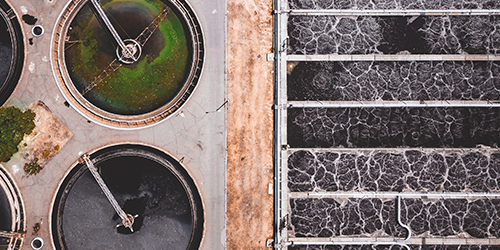
Our laboratory is involved in the study of water treatment concerning different fields of application:
- recovery of metals from waste of electric and electronic equipment (WEEE);
- water softening for domestic appliances;
- purification of wastewater containing heavy metals and organic contaminants.
The aim of our research activity is to develop, prepare, characterise and test novel materials and strategies that may provide better efficiencies and selectivity towards the capture of metals, organic molecules and ions with respect to the currently adopted solutions. Special attention is also devoted to environmental compatibility and recyclability, while keeping the technology reliable, flexible and cost-effective.
The retrieval of precious metals and rare earths from electronic wastes falls within the framework of circular economy and aims at exploiting the huge amount (tons) of electric and electronic devices that are disposed of in landfills every year, wasting valuable and strategic raw materials. Some of the materials that we are currently investigating for this purpose are activated carbons, pristine clays or organophilic clays modified by intercalation of polyamines.
Concerning water softening, we are studying innovative reduced graphene oxide-based filters. The main goal is to reduce the content of calcium and magnesium, whose salts are the main responsible for an excessive hardness of water, which can affect detergents efficiency and promote the formation of limescale.
The removal of heavy metals and organic molecules from wastewater generated by industrial, manufacturing and mining processes is of fundamental importance to avoid damages to human health and the degradation of ecosystems. Nowadays, the employed procedures are based, for instance, on chemical precipitation and ion exchange; they are complex and expensive, even more so when the contaminants are present in low concentration and are highly water-soluble, making them extremely difficult to be removed. The filter materials that we are investigating are instead based on the mechanism of adsorption. Our current lines of research deal with self-assembling reduced graphene oxide membranes, polyamine-modified organophilic clays, geopolymers obtained from the recycling of blast-furnace slag coming from the steel industry and structured materials such as porous foams coated with carbon-based filtering phases.
